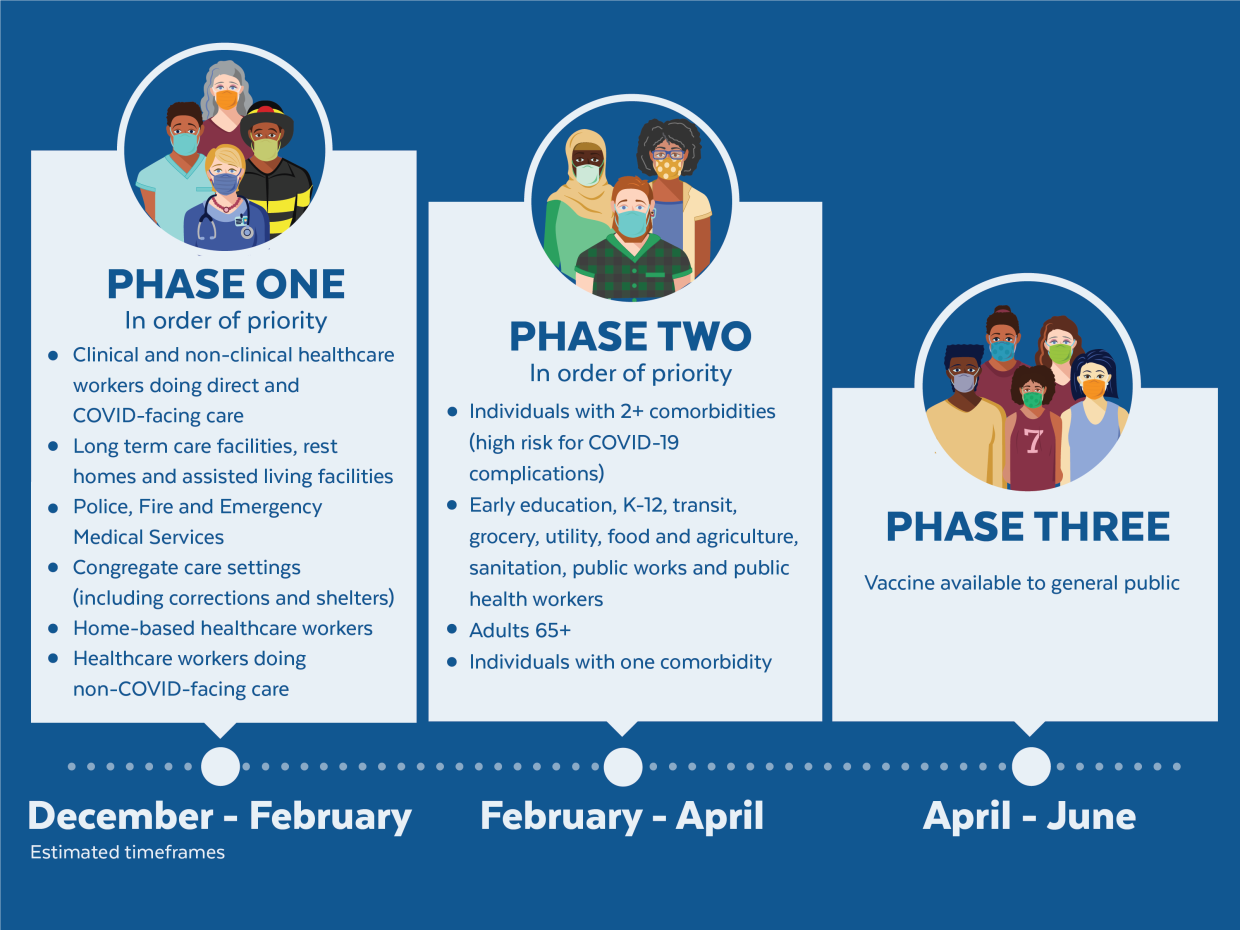The Drought Task Force met on Monday and recommended that all regions be at a Level 1 - mild drought. Here is today's press release from EEA:
Drought Conditions Continue to Improve Across the Commonwealth
Level 1 – Mild Drought Declared in All Regions of Massachusetts
BOSTON — Following increased amounts of rainfall through the month of November, Energy and Environmental Affairs (EEA) Secretary Kathleen Theoharides today declared that drought conditions continue to improve or hold steady across the Commonwealth, with all seven regions of the state currently in a Level 1-Mild Drought. In the Southeast and Cape Cod Regions, conditions moved to a Level 1-Mild Drought after experiencing Level 2-Significant Drought conditions last month. In the Western, Connecticut River Valley, Central, Northeastern, and Islands regions, conditions remained at a Level 1-Mild Drought, unchanged from last month’s declaration. Additionally, conditions improved in the Nashua River basin, which is now experiencing Level 1-Mild Drought conditions in line with the Central Region. A Level 1-Mild Drought, as outlined in the Massachusetts Drought Management Plan, warrants detailed monitoring of drought conditions, close coordination among state and federal agencies, and technical outreach and assistance for the affected municipalities.
“As drought conditions continue to improve or remain steady across the Commonwealth, it is important that residents continue to conserve water as state agencies and municipalities continue to respond to the impacts of this prolonged drought,” said Energy and Environmental Affairs Secretary Kathleen Theoharides. “Limiting indoor water use is a great way for residents to help their communities minimize the strain on local water resources as we work our way back to normal conditions.”
The declaration was informed by recommendations and discussions from the December 7, 2020 meeting of the Drought Management Task Force (DMTF), composed of state and federal officials and other entities, and will remain in effect until water levels return to normal in the affected regions.
The month of November brought increased rain in most regions of the state, with exceptions in the Cape and parts of Western Massachusetts. Rainfall totals ranged from 2 to 5 inches across most of the Commonwealth, with lower totals on the Cape and the northern area of the Connecticut River Valley. Heavy downpours on the last day of November and into December are expected to trickle through the hydrological system and reflect on the other drought indices in the coming weeks.
The state continues to intensely monitor and assess the drought situation, and any associated environmental, municipal and agricultural impacts. Task Force officials also noted that streamflow improved across the state, with a normal range observed across all regions. Groundwater levels continued to be mixed across the state with improvement in the Western and Central regions. However, Eastern Massachusetts continues to experience below normal levels of groundwater. In the Cape Cod region, groundwater levels remain above normal, but continue to decline.
For Region in Level 1 - Mild Drought
Residents and Businesses:
Minimize overall water use;
Communities:
Establish a year-round water conservation program that includes public education and communication;
Provide timely information to local residents and businesses;
Check emergency inter-connections for water supply; and
Develop a local drought management plan.
The Massachusetts Department of Environmental Protection (MassDEP) continues to provide technical assistance to communities on managing systems, including assistance on use of emergency connections and water supplies, as well as assisting towns on how to request a declaration of drought emergency.
“With water demand down and conditions improving, now is the time when we should all plan to use water more efficiently moving forward,” said MassDEP Commissioner Martin Suuberg. “That includes the decisions that residents and businesses make as they plan their landscaping choices for next year, along with the considerations people make in purchasing water-using appliances. Efficient water use is appropriate all the time and not just during periods of drought.”
The Massachusetts Water Resources Authority (MWRA) water supply system is not currently experiencing drought conditions, as defined within its individual plan.
The declaration of a Level 1 – Mild Drought requires the Drought Management Task Force to continue to meet on a regular basis to more closely assess conditions across the state, accelerate outreach efforts on water conservation, coordinate dissemination of information to the public, and help state, federal and local agencies prepare any responses that may be needed in the future.
Last year, EEA completed a two-year process and updated the Massachusetts Drought Management Plan to better assess drought conditions across the state and maximize the state’s ability to prepare for and respond to a drought. The Plan also provides guidance to communities on drought preparedness and outlines response actions that can be taken at the local level.
For further information on water conservation and what residents and communities can do, visit the Executive Office of Energy and Environmental Affairs
Shared from the Franklin DPW page on Facebook:













